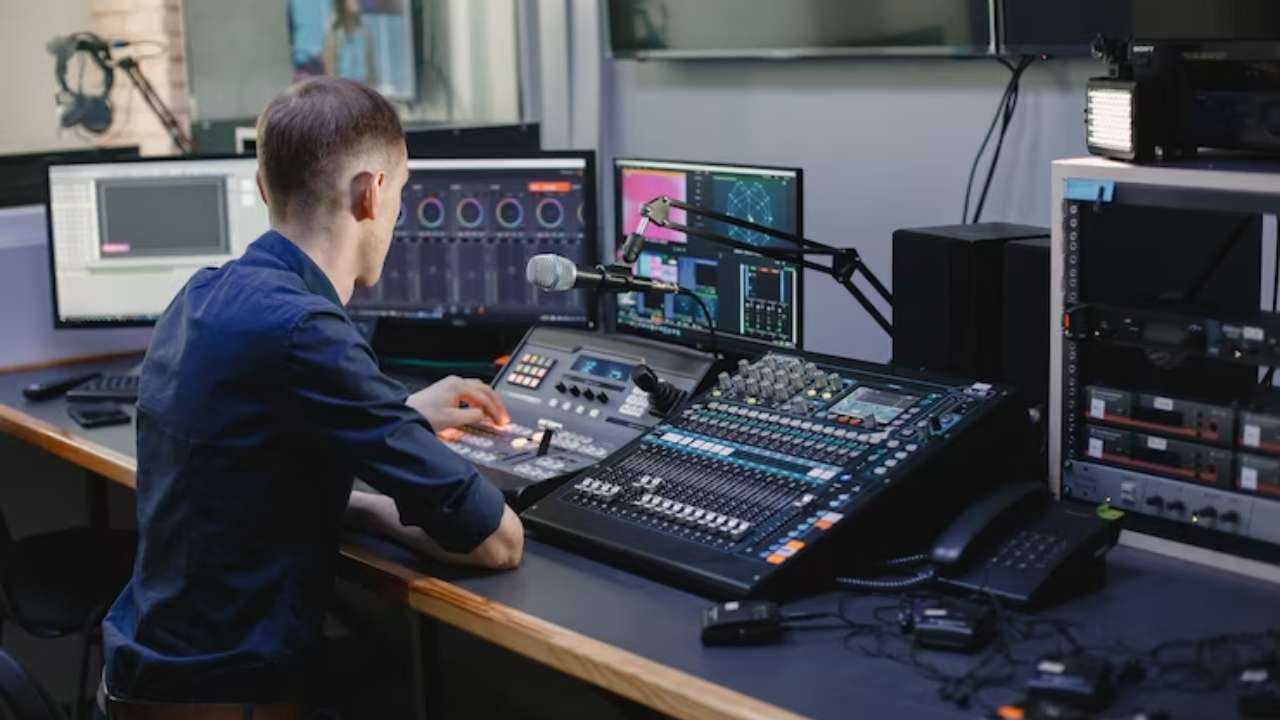Revolutionizing Transmission with Cutting-edge Audio via Internet Protocol Technologies toward a Integrated Future
Revolutionizing Transmission with Cutting-edge Audio via Internet Protocol Technologies toward a Integrated Future
Blog Article
This realm of broadcasting is experiencing a major transformation thanks to cutting-edge sound over IP (AoIP) technologies. Such developments are changing the way audio programming is produced, distributed, and received. Audio over IP refers to the approach of sending audio streams over a digital network, utilizing Internet Protocol (IP) rather than traditional analog methods. This change not only improves the quality of audio transmission but also offers media professionals with greater flexibility and control over their programming.
One key advantage of audio over IP systems is its ability to connect various devices and systems efficiently. Traditional broadcasting often relied on complex wiring and physical connections, which could be burdensome and limited. With AoIP, broadcasters can readily connect microphones, mixers, and additional equipment through a common infrastructure. This convergence allows for off-site broadcasting and live transmissions from almost any location, making it easier to connect with audiences across the globe. As a consequence, broadcasters can respond quickly to current issues and audience requests, leading to more vibrant and engaging content.
Moreover, AoIP systems supports high-quality audio formats that improve the auditory encounter. In contrast to traditional broadcasting methods, which may compromise sound quality, audio over IP can maintain the purity of the audio stream during the transmission procedure. This implies that audiences can enjoy clearer and more detailed sound, regardless of whether they are tuning in via radio, broadcasting over the internet, or using portable devices. The capability to deliver high-fidelity audio is especially important for music and talk shows, where each nuance matters to the audience.
Additionally, the implementation of audio over IP systems can lead to financial efficiencies for broadcasters. By using existing network infrastructure, companies can eliminate the need for expensive hardware and large-scale cabling. This not educational audiovisual systems only lowers initial costs but also decreases operational expenses over time. Broadcasters can allocate resources more efficiently, investing in content creation and talent development. As a result, the entire media industry can gain from increased innovation and creativity, as funds are redirected toward improving programming and interacting with listeners.
In summary, the transition towards audio over IP systems is transforming the broadcasting landscape. By enabling seamless connections, enhancing audio standards, and lowering costs, AoIP is clearing the path to a more connected future in broadcasting. As broadcasters continue to adapt to these changes, they will be better equipped to meet the needs of their audiences, create captivating programs, and stay competitive in an constantly changing industry. The future of broadcasting is promising, and audio over IP will take a key role in defining the manner in which we interact with audio programming in the future to follow.